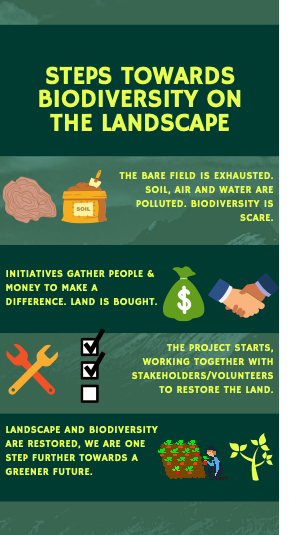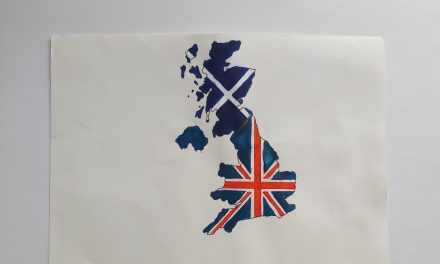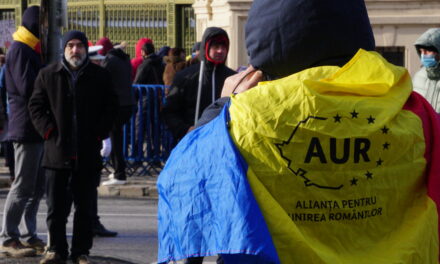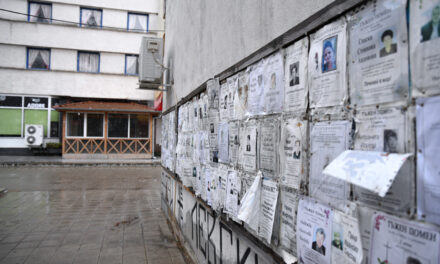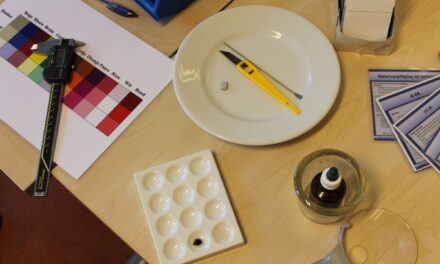The cooperation ‘Land van Ons’ and the initiative ‘Aardpeer’ both buy pieces of land in the Netherlands with the aim of giving it a new, green, destination. Their common goal is to restore biodiversity. This trend is growing bigger, and even a worldwide known organisation as the WWF has pointed out the importance, as well as started projects in different countries already.
The Netherlands is known for its large agricultural sector and high level of technology. When you drive through the Dutch landscape you will notice how much agricultural land there is and how many crops there are. The agricultural land that is currently owned by the farmers is mostly used conventionally, only 3,4% is converted to organic. But also, other areas, for example land near estates are often used conventionally. Many of these types of land are being viewed for a different purpose.
In recent years, much attention has been paid to the consequences of climate change. A change is needed in all sectors, including the agricultural sector. The conventional way of farming is polluting the soil, air and water. The search for a solution has started. In addition to establishing worldwide agreements, there are more and more initiatives from citizens. People do not want to wait for the government to take action.
One of the initiatives is the initiative from the cooperation called ‘Land van Ons’. They started in November 2019 and have grown exponential from 700 participants in the start to more than 13.500 today. One of the members of ‘Land van Ons’, C. de Roos, she explains how it works. ‘’We buy land, agricultural land, from farmers to restore biodiversity and the landscape. Then, or almost at the same time, we lease that land to the farmers who want to work more sustainable. With the requirements that no pesticides are sprayed, no more irrigation, no more plowing and no slurry is used. With the aim to improve the environment.’’
The biggest obstacle that ‘Land van Ons’ experiences right now is the lack of brand awareness. Goals for the future are more participants and more agricultural land to improve. Creating short supply chains for sale, direct sale to the customers in the area. Their ambition is to grow exponentially, to help achieve the EU target of 25% biodiversity gain by 2030. C. de Roos expresses her hope for the future: ‘’Every Dutch household should buy a piece of land – then it can go quickly.’’
‘Aardpeer’ is another initiative that contributes to a better future. N. van der Giessen, member of ‘Aardpeer’ clarifies what they do. ‘’Aardpeer is an initiative of four different organisations that have a common mission to accelerate the Dutch agricultural transition. We do this simply by safeguarding land, agricultural land, for the next generations. With bonds certificates we raise money and buy land to give farmers the opportunity to lease it from us. There are many farmers who would want to produce in an environmentally friendly way, but they just can’t because the agricultural land is too expensive.’’
The challenge that ‘Aardpeer’ learned from is how to deal with big financiers. According to N. van der Giessen ‘’Big financiers are reluctant to commit if they don’t know you very well yet. Banks often set certain requirements for a loan and it is a good learning process how to get a ‘big-fish’ on board. Apart from this challenge they also receive interesting opinions on social media from outsiders because they are removing agricultural land from the economic system and that can be seen as a threat. N. van der Giessen has a positive mindset towards these different opinions ‘’everyone has their own truth, and one truth is not worth less than the other.’’ She points out the importance of an ongoing conversation to understand why people feel or think a certain way.
For now, ‘Aardpeer’ has a few goals where they focus on. Firstly, it is important for them to get more attention. Secondly, expanding their initiative by buying more agricultural land to make the ‘green farmers’ happy and to help them with their farm. Lastly, setting up the association of ‘Aardpeer’. The goal of this is to bring a group of people together, on a local level, so that they can stand around one project. Based on their own investment they will run the land together with the association.
Both participants in the buying of agricultural land have expansion and visibility on their agenda for the coming decades, which will give many citizens the opportunity to join.
